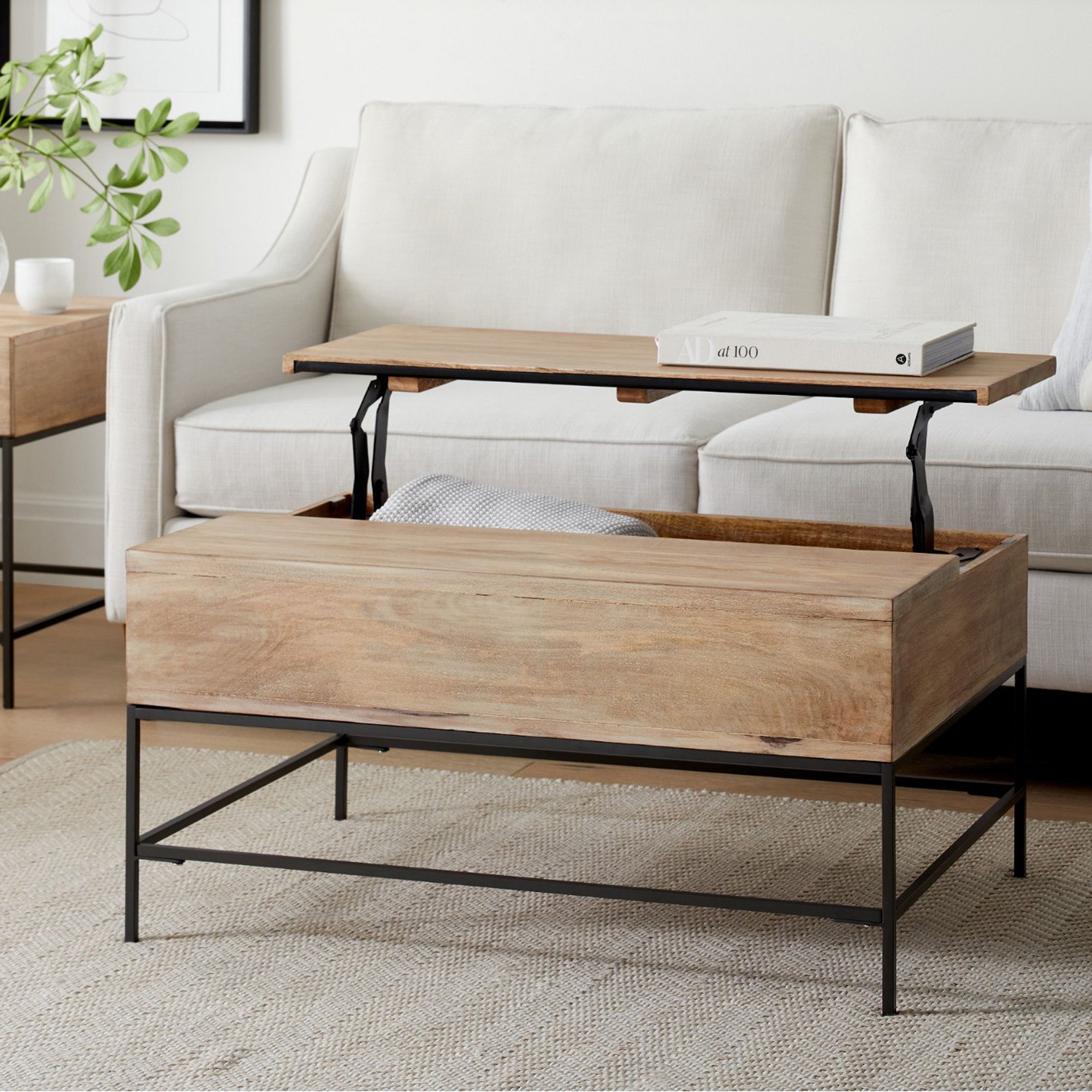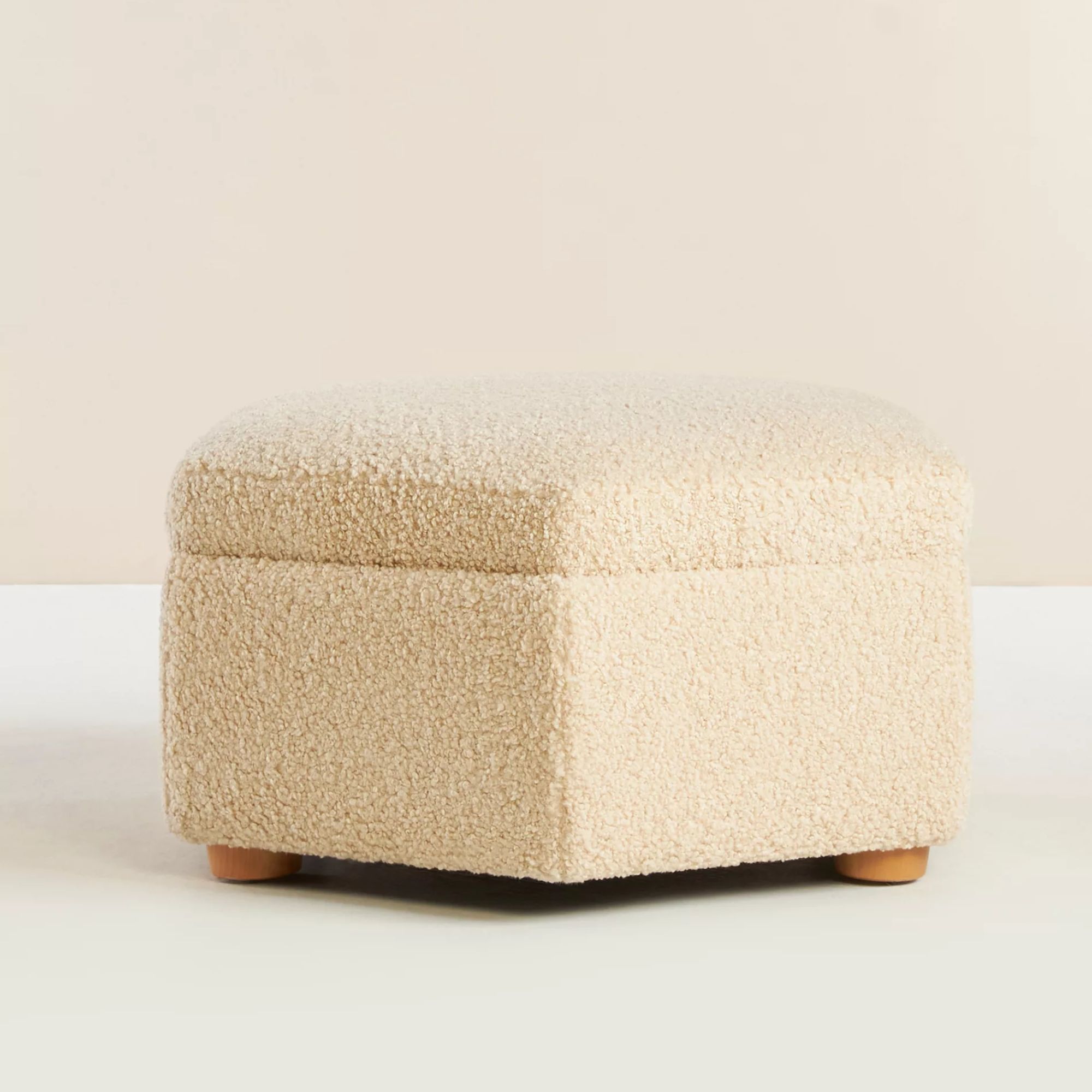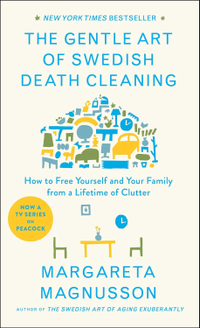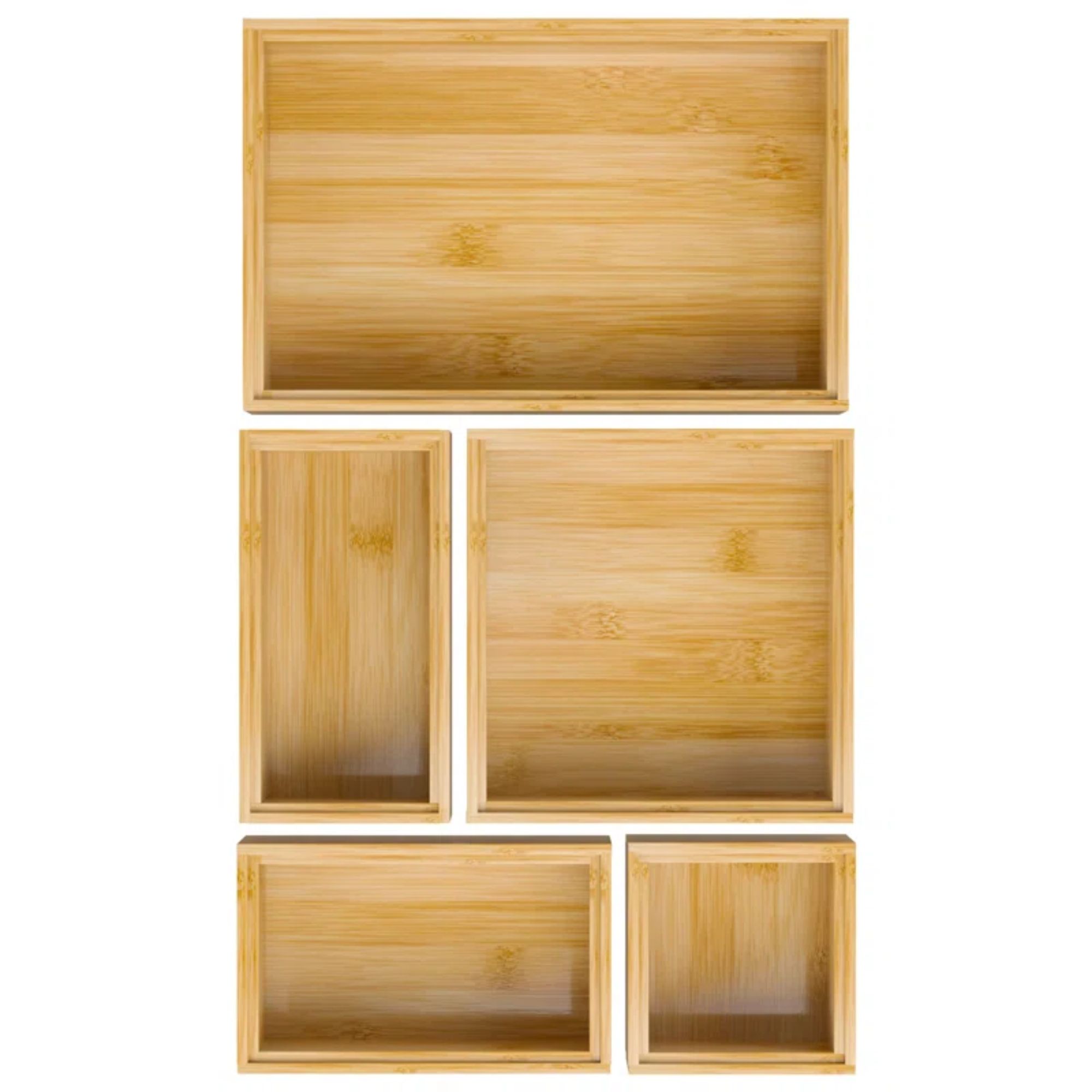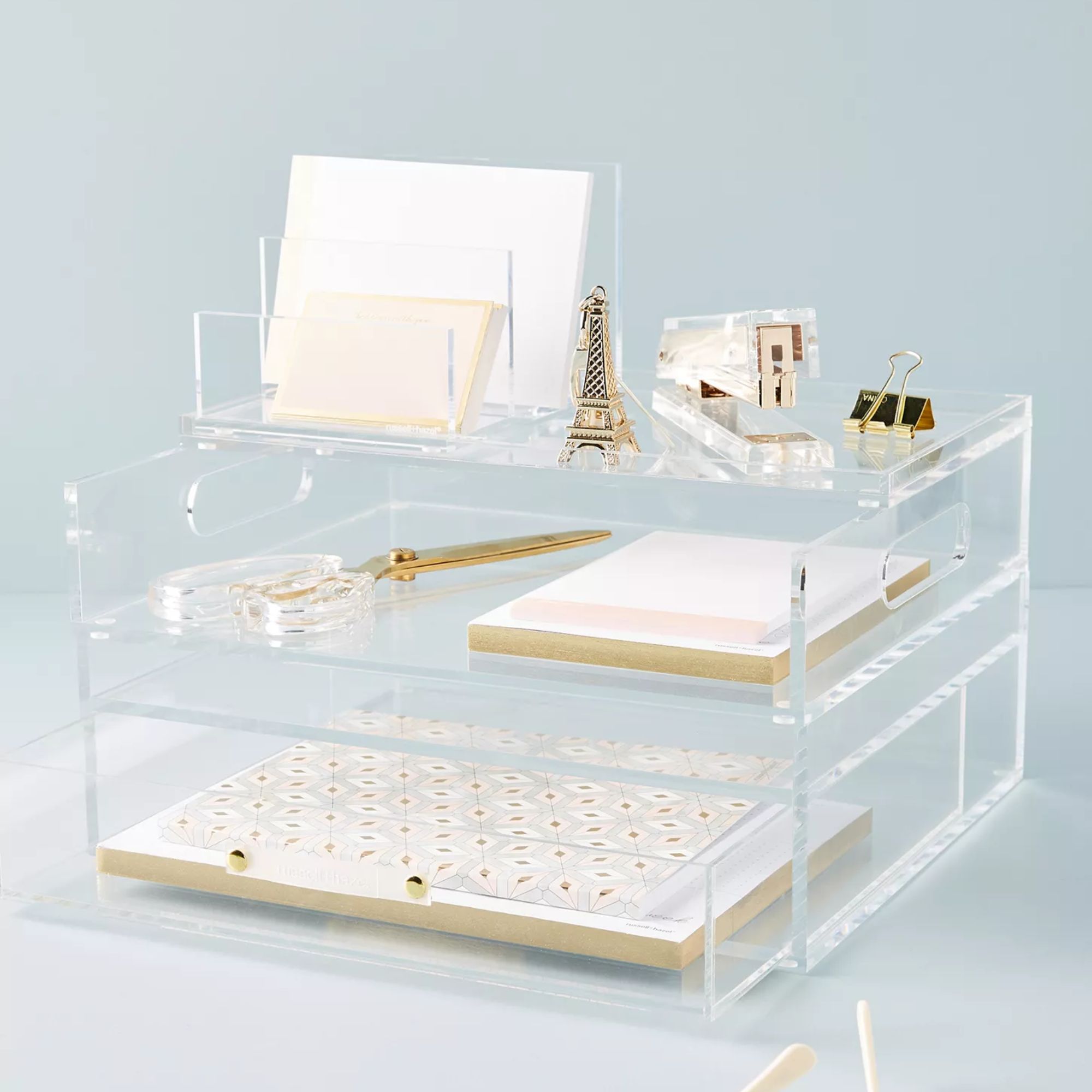Scandinavian organization techniques – 4 ideas to borrow from Nordic tradition
There's a lot we can learn from traditional Scandinavian organization techniques – so follow these 4 practices to restore order and balance to your home
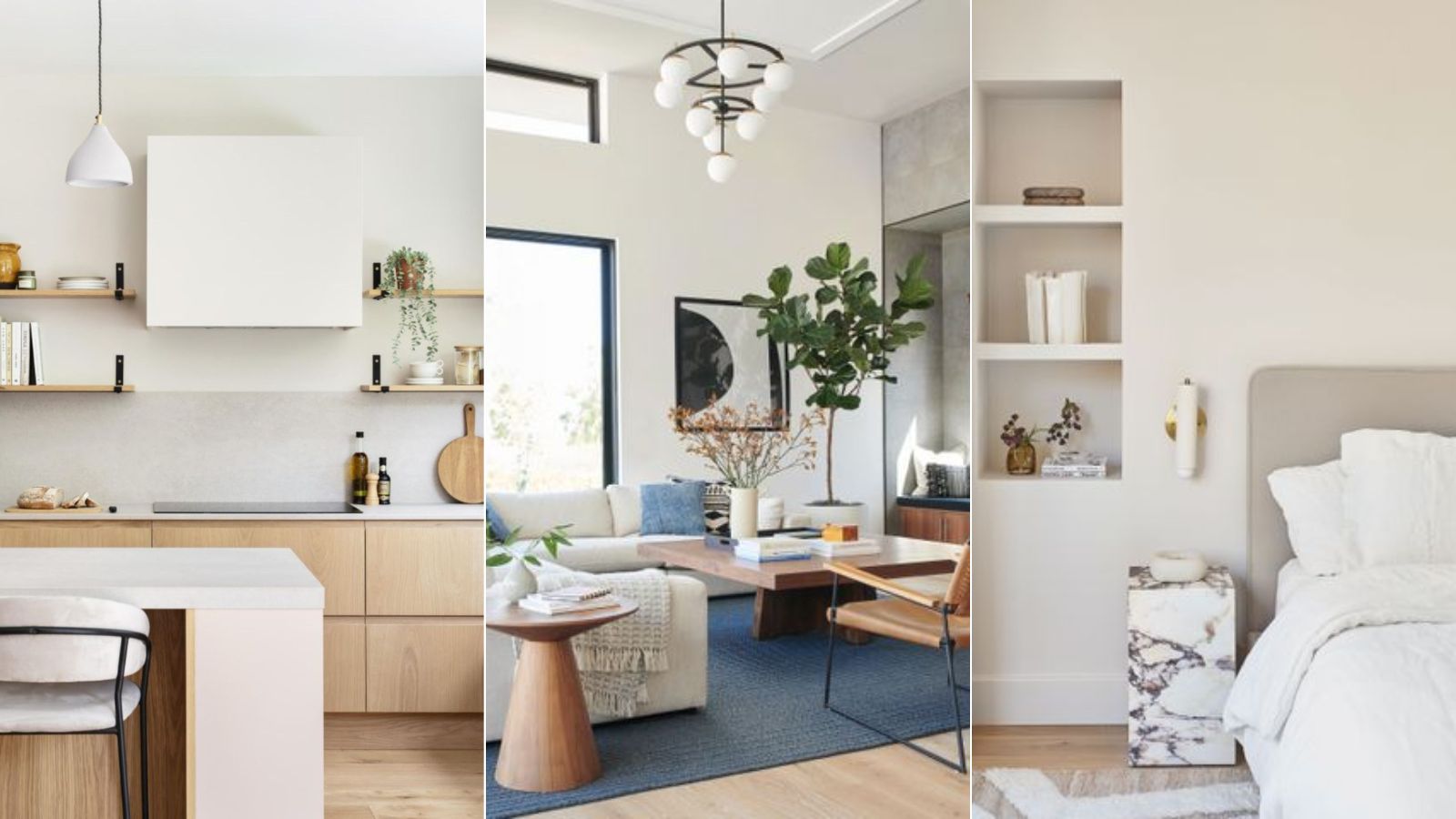

Scandinavian organization combines efficiency and simplicity to create balance and harmony in the home.
Scandinavian organization techniques are influenced by the principles of Scandinavian design, which emphasize simplicity, functionality, and minimalism. These techniques focus on creating organized and clutter free spaces that are visually appealing, practical, and promote a sense of calm.
Below, four Scandi home organization ideas to incorporate wellness in design and routines around the house, recommended by interior designers.
Scandi organization techniques
'Scandinavian minimalism is more than a design trend; it's a lifestyle choice that emphasizes simplicity, functionality, and a deep connection with natural elements,' explains Georgina Ross, interior designer and Founder of Simply Tablecloths. 'This approach to organization and interior design is characterized by clean lines, a neutral color palette, and an uncluttered yet cozy atmosphere.'
1. Lagom
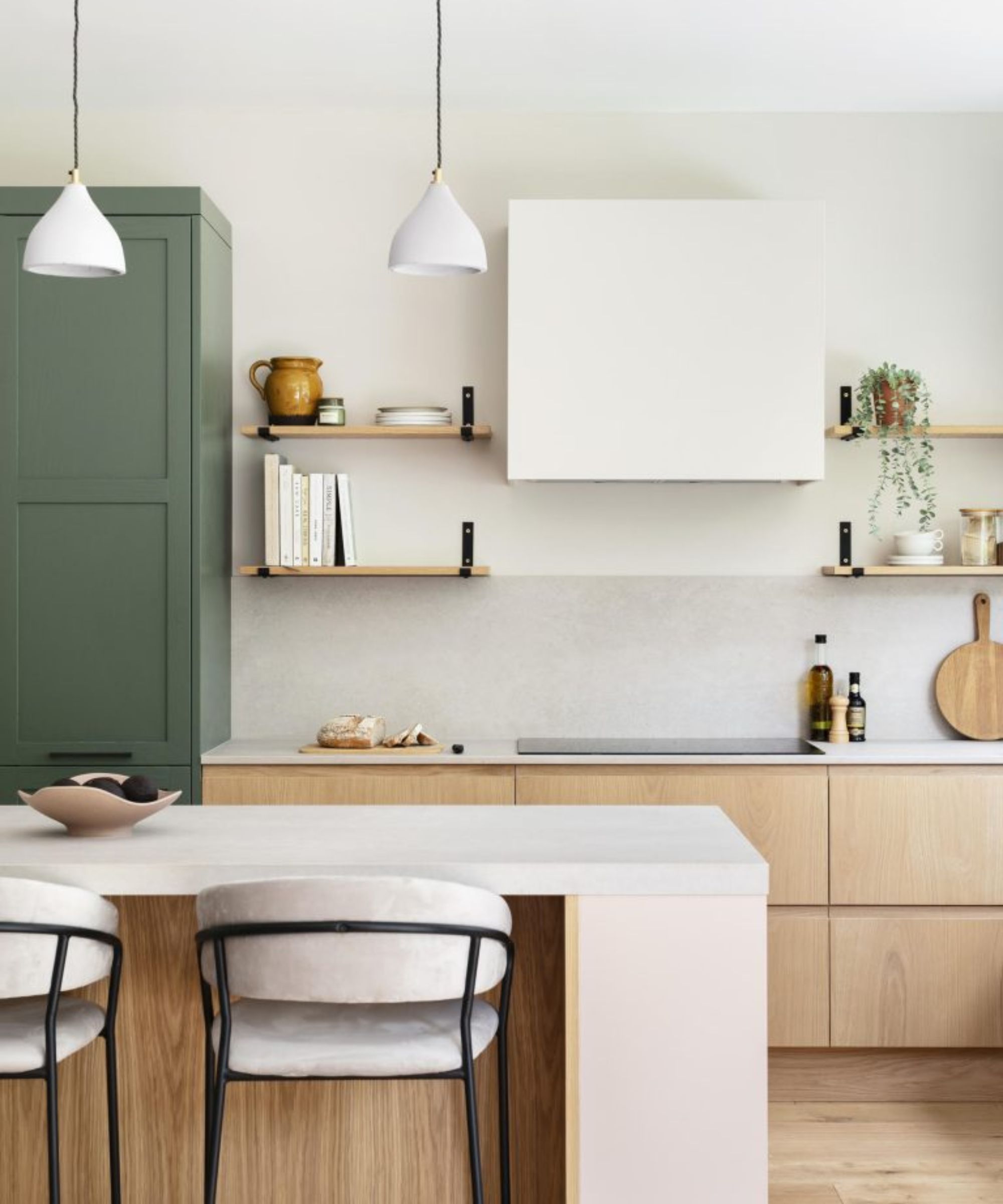
The Swedish term 'Lagom' translates to 'just the right amount' or 'balance', an approach to home organization and decor that promotes moderation and harmony by avoiding excess and focusing on what's essential.
'Scandi style is one of the unique organizational styles emphasizing simple and neatly organized living spaces. This style generally leads to the creation of open spaces that let a lot of light in, making them feel expansive,' explains Dominique Bonet, lead designer at Lineaire design.
'This doesn't necessarily mean embracing extreme minimalism; rather, you should have enough of what you love to spark joy. At its core, Lagom means 'not too much, not too little.'
To incorporate this organization technique into your home, assess your belongings and keep only what adds value and brings joy, decluttering the rest.
Lagom also encourages conscientious consumerism, motivating homeowners to only bring things they need or love into the home. Invest in timeless furnishings that stand the test of time and transcend interior design trends.
This technique promotes simplicity and functionality, so invest in a few quality items that have a clear function and may have dual functions – for instance, doubling up as storage – rather than many unnecessary items that act as clutter. This is especially important when organizing small spaces.
‘Lagom encourages designers to balance furniture and space to achieve a comfortable, well-proportioned environment, rather than overcrowding a room,' says Dominique Bonet.
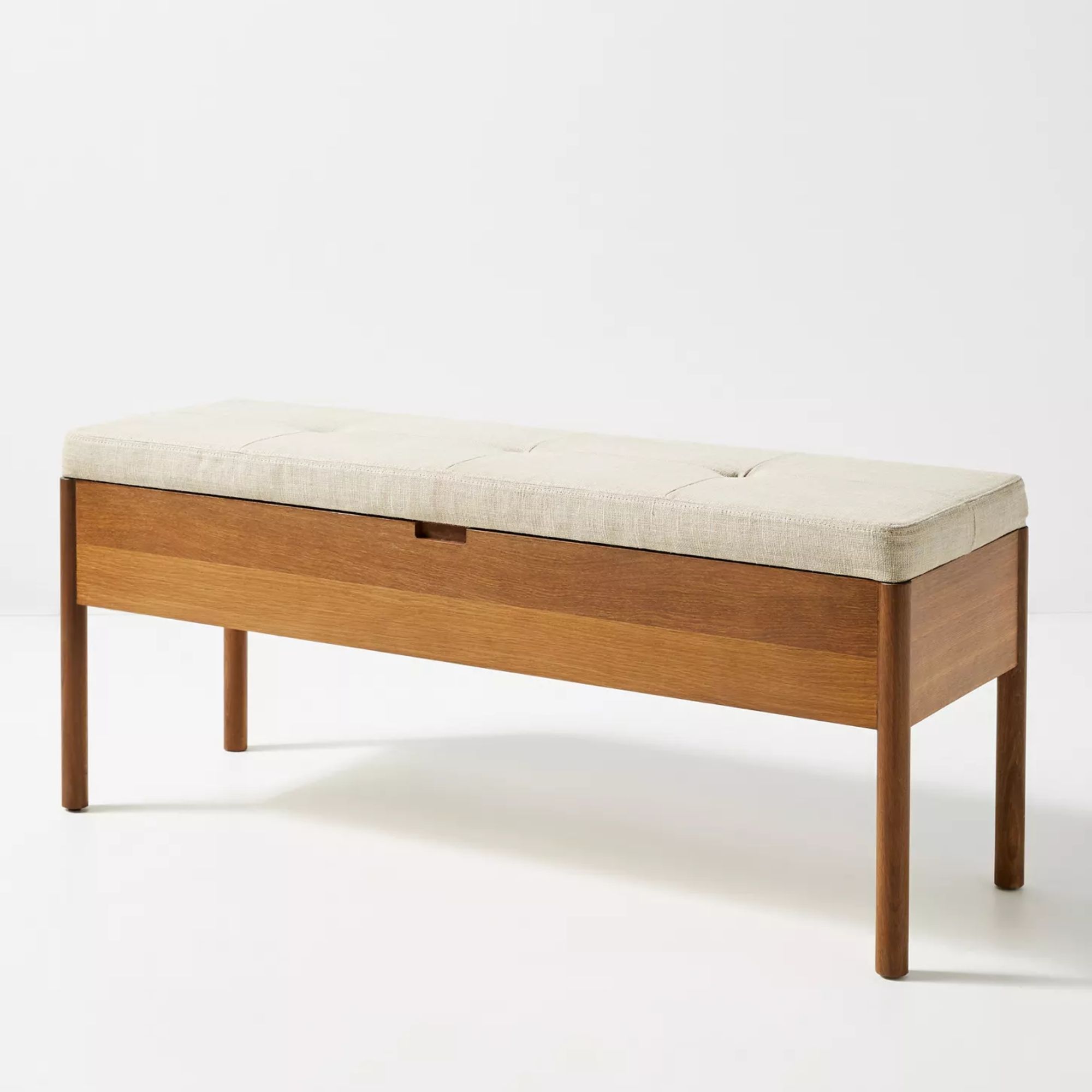
Was $598.00, now $358.80 from Anthropologie
Tuck all your bedroom items away using this storage bench, the perfect item to keep at the end of your bed.
2. Dostadning or death cleaning
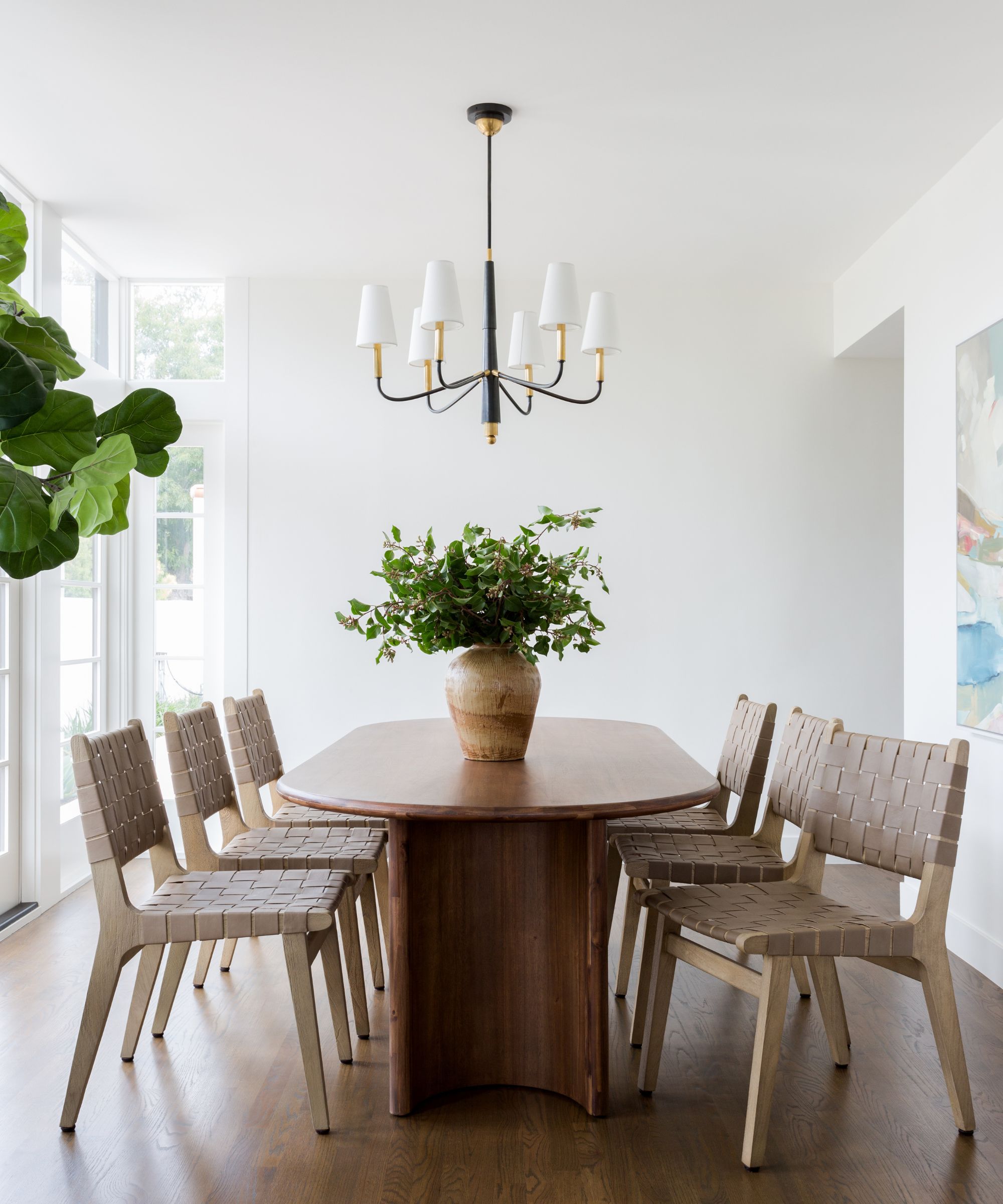
In Sweden, 'dostadning' or death cleaning, rather misleadingly, focuses on decluttering and organizing to minimize possessions.
Traditionally, this method is intended to encourage the tidying of one's belongings so others don't have to do it after death. However, it has evolved into a decluttering technique for anyone to adopt to make it easier to maintain a more organized home.
If anything, this is a process that should be done to prevent decluttering from becoming a necessity to allow you to make thoughtful decisions about your belongings without being rushed and to prevent these items from becoming a burden.
'Scandi style generally emphasizes the creation of simple minimalist spaces, so the first thing you should do is to get rid of items that add no value to the room, including unnecessary ones and those that don't spark joy,' says Ivo Iv, founder and CEO of Decor Home Ideas.
Divide your belongings into categories to help you focus on decluttering one area at a time. Start by decluttering closets and furniture, then smaller categories of items and miscellaneous possessions, and finally declutter sentimental items.
Review and reassess your items periodically to update your arrangements. Life circumstances change, and so might your perspective of which items are essential and loved.
The Gentle Art of Swedish Death Cleaning | $15.95 at Amazon
Margareta Magnusson's radical and joyous method for putting things in order helps families broach sensitive conversations and makes the process uplifting rather than overwhelming.
3. Ordning och reda
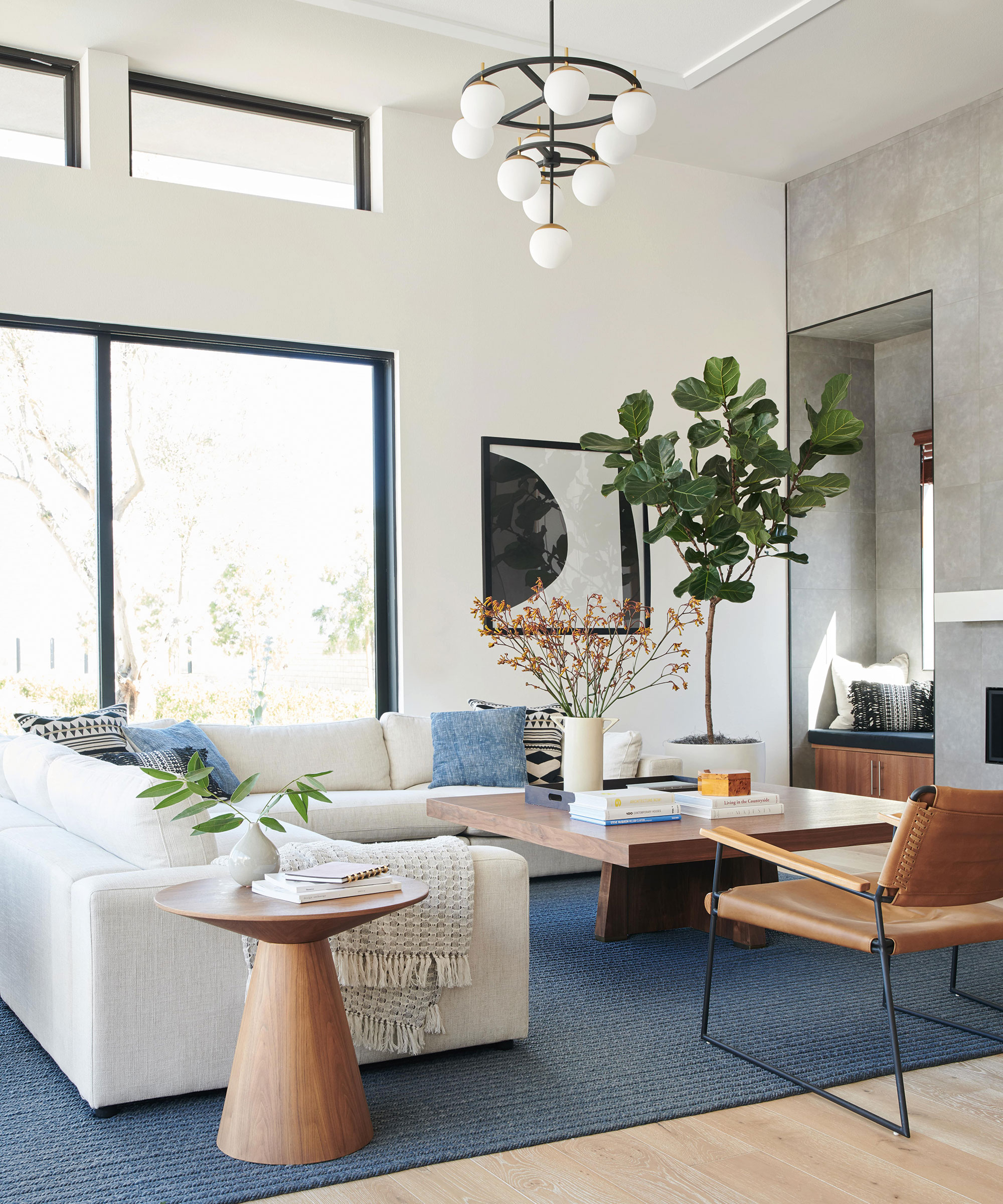
In Swedish, 'ordning och reda' translates to order and organization – this is a concept emphasizing the importance of maintaining structure in various aspects of life, including the home.
Although traditionally a lifestyle practice, this can be incorporated into your home organization in a few ways, including decluttering regularly, having a place for everything and keeping everything in its place, and finding systematic storage solutions.
This is approach Scandinavians use when organizing their bedrooms for better sleep can help to reduces stress and anxiety as well as keeping your space tidy.
'In line with Scandi design principles, every item in a home should have a designated place. This approach not only enhances the visual appeal of a space but also promotes a sense of order and calm,' says Georgina Ross, interior designer. 'Innovative storage solutions are key to achieving this, with a focus on functionality and style.'
'Clients who map out storage solutions before furnishing a room find it much easier to avoid overcrowding,' adds Keely Smith, lead interior designer at JD Elite Interiors. 'Everything has its place, making cleaning and organization more simple.'
Utilize modular shelving units, labeled containers, and multi-functional furniture to maximize space and keep order; and make it a habit to always return items to their designated storage space immediately after use.
'Compartmentalization is also key to a neat Scandi style bedroom,' says Keely Smith. 'Use dividers to organize your drawers and cabinets. This way, you can categorize and store different items to have a clear overview of your possessions. This will also help reduce the accumulation of clutter.'
4. Hygge
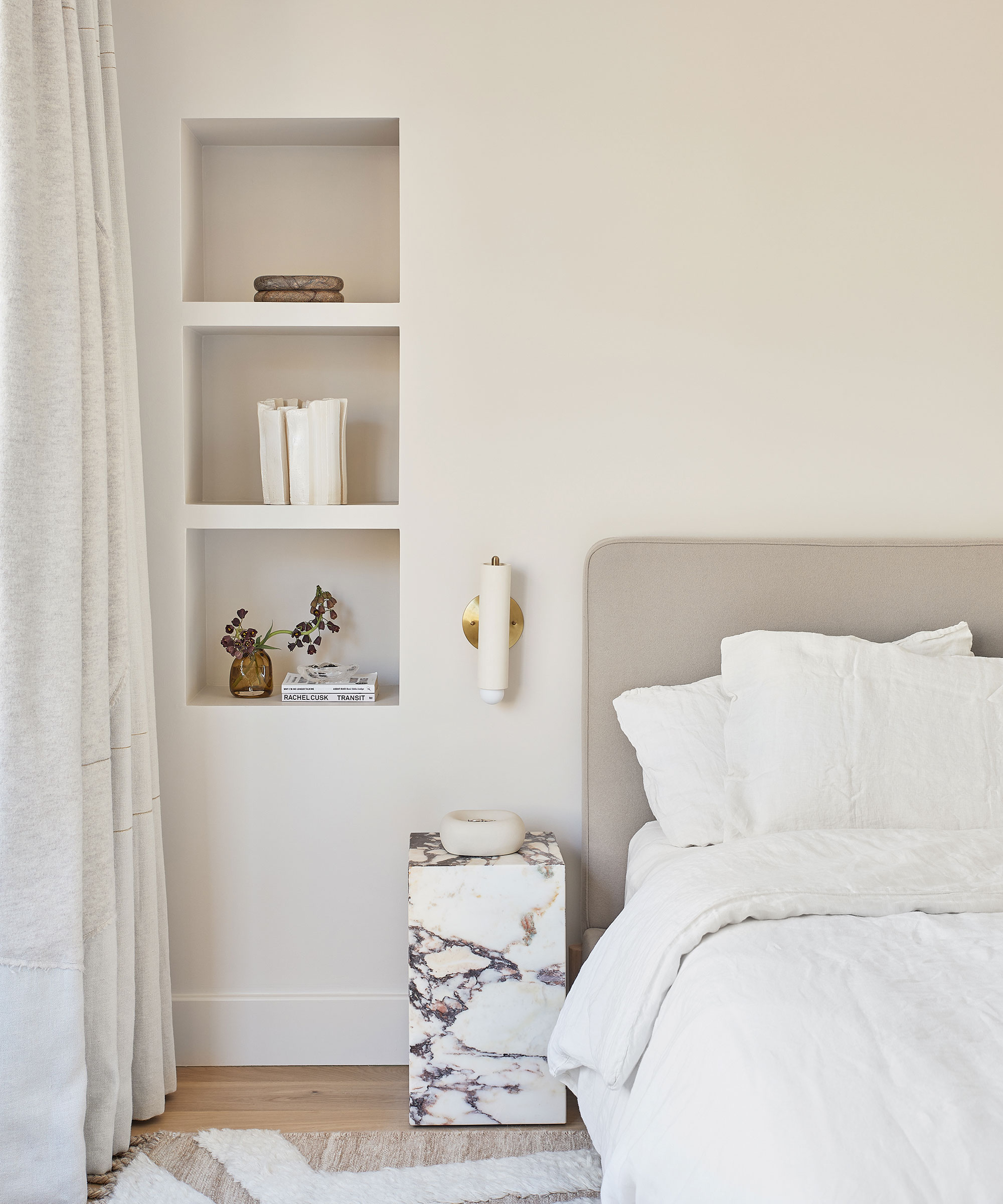
Hygge is a Danish term representing coziness and well-being.
'When you strip things back to the basics, it allows your surroundings and possessions to serve an actual purpose rather than just filling space,' explains Judi Kutner, a senior contributor at Virtual Staging. 'The Danes call this hygge, which is all about coziness, comfort, and enjoyment from simple pleasures. It's about quality over quantity.'
Making a house look cozy with hygge can be achieved by organizing your home to integrate soft textures like blankets and cushions, warm lighting, and natural elements. Danish style is rather timeless, so by designing a room around hygge principles, it's unlikely to go out of fashion any time soon.
Opting for eco-friendly food containers and storage solutions made from materials like wood, bamboo, or recycled materials aligns with the principles of sustainability. Additionally, decorating with houseplants and natural elements can add a touch of freshness to your living spaces and promote a sense of well-being.
FAQs
How do you create balance with Scandinavian interior design?
You can create balance or 'Lagom' in your home by balancing design elements in a way that promotes harmony and moderation to achieve a sense of equilibrium. This approach to interior design is characterized by clean lines, a neutral color palette, and an uncluttered yet cozy atmosphere.
'Balance out the space in true Scandi style by combining natural and industrial elements,' recommends Ivo Iv, founder of Decor Home Ideas. 'Industrial elements such as ultra-modern furniture make a room feel exquisite, while natural elements such as wood, fur, and stone bring an element of sharpness and Scandi integrity to the space.'
Additionally, make use of a neutral color scheme that is mostly composed of white, grays, and earth tones. This gives the room a feeling of openness and airiness while reflecting the Scandinavian style.
'Finally, the Scandinavians are masters of efficiency,' says Keely Smith, interior designer. 'Chores like vacuuming or laundry are often combined with other activities to make domestic duties less of a chore. This streamlined approach keeps homes tidy without a major time commitment.'
In Scandinavian design, the emphasis on the absence of certain things doesn't mean it's devoid of meaning or purpose. On the contrary, Scandi design is full of purpose, and that's why it cuts through the visual noise of many things we keep despite not needing them.
Sign up to the Homes & Gardens newsletter
Design expertise in your inbox – from inspiring decorating ideas and beautiful celebrity homes to practical gardening advice and shopping round-ups.

Lola Houlton is a news writer for Homes & Gardens. She has been writing content for Future PLC for the past six years, in particular Homes & Gardens, Real Homes and GardeningEtc. She writes on a broad range of subjects, including practical household advice, recipe articles, and product reviews, working closely with experts in their fields to cover everything from heating to home organization through to house plants. Lola is a graduate, who completed her degree in Psychology at the University of Sussex. She has also spent some time working at the BBC.
-
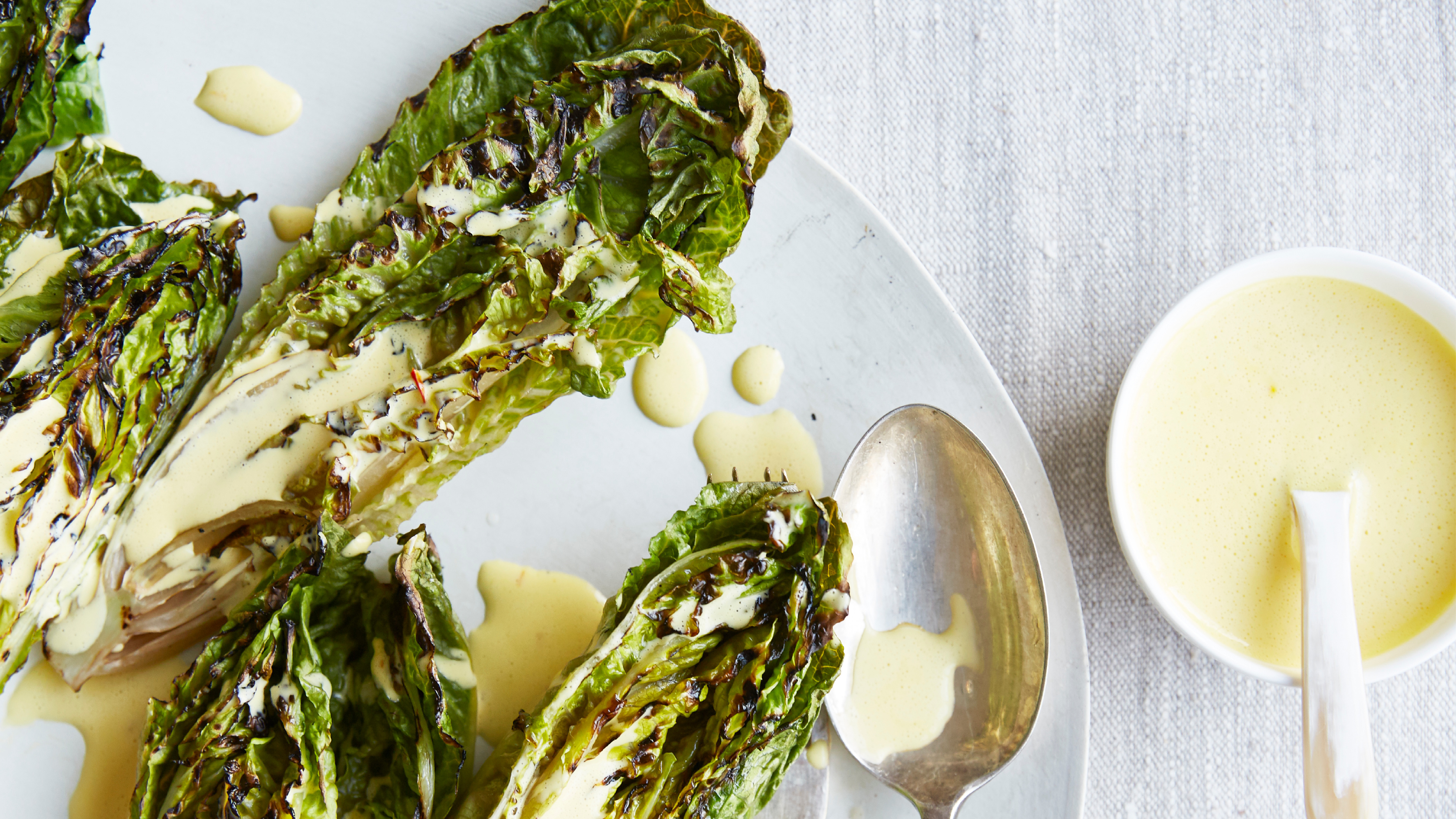 Charred little gem with saffron dressing
Charred little gem with saffron dressingThis recipe with charred little gem is both easy to make and sure to impress guests. It's the perfect side for fresh spring menus
By Alice Hart
-
 Grilled asparagus with herb and pickled red onion
Grilled asparagus with herb and pickled red onionThis grilled asparagus couldn't be easier, and it's a wonderful way to get the best flavor from our favorite spring veg. It's perfect alongside fish or lamb
By Alice Hart
